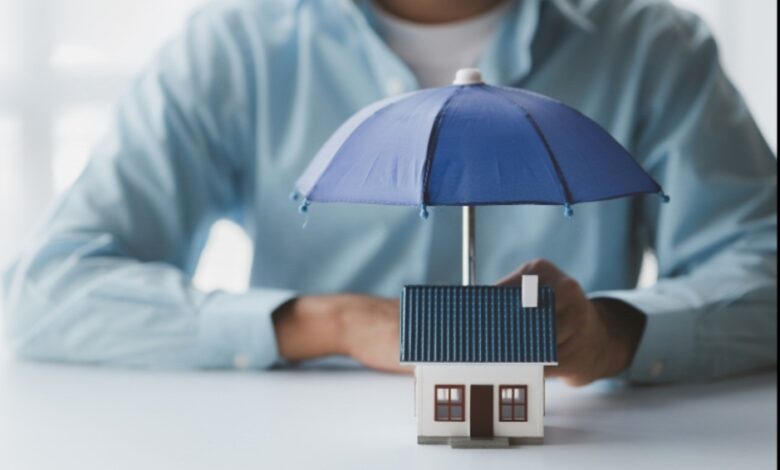The Role of Home Insurance in Fire Safety: What Coverage You Need

Fire safety is a critical concern for every homeowner. While taking preventative measures like installing smoke detectors and maintaining fire extinguishers is essential, having comprehensive home insurance and obtaining proper Fire Safety Certificates can significantly impact how you handle fire-related incidents. Understanding the role of home insurance in fire safety and the coverage you need, along with ensuring your home meets fire safety standards, can make a big difference in ensuring that you’re adequately protected when the unexpected happens.
Understanding Home Insurance and Fire Safety
Home insurance is designed to protect homeowners from financial losses due to various risks, including fire. However, not all policies offer the same level of protection. To ensure you’re adequately covered, it’s important to understand how home insurance relates to fire safety and what specific coverage options are available.
Basic Coverage: What’s Included?
Most standard home insurance policies include coverage for fire damage. This typically covers the cost of repairing or rebuilding your home if it’s damaged or destroyed by a fire. Additionally, standard policies generally cover the cost of replacing personal belongings damaged by fire. This includes furniture, electronics, clothing, and other personal items.
However, the extent of coverage can vary based on the policy and provider. Some policies might offer higher limits for certain types of property or include additional protections for valuable items. It’s crucial to review your policy to understand what is covered and what isn’t.
Additional Coverage Options
In some cases, standard coverage may not be sufficient to cover all fire-related expenses. Additional coverage options can provide more comprehensive protection and help address specific needs.
1. Extended Replacement Cost Coverage
This type of coverage goes beyond the standard replacement cost of your home. It provides additional funds if the cost to rebuild your home exceeds the limits of your policy. This can be particularly valuable in areas where construction costs have risen significantly or where building materials are scarce.
2. Loss of Use Coverage
If a fire makes your home uninhabitable, loss of use coverage helps cover the cost of temporary housing and additional living expenses. This can include hotel stays, restaurant meals, and other expenses incurred while your home is being repaired or rebuilt.
3. Fire Department Service Charge Coverage
Sometimes, local fire departments may charge a fee for their services, especially if they’re called out to handle a fire that wasn’t directly caused by your property. Fire department service charge coverage can help cover these fees.
4. Personal Liability Coverage
If a fire spreads from your property and causes damage to a neighbor’s home or injures someone, personal liability coverage can help protect you from legal claims and associated costs.
Assessing Your Coverage Needs
Determining the right level of coverage involves assessing the value of your home and personal belongings. Start by calculating the replacement cost of your home, which may be higher than its market value. Consider factors such as the size of your home, the cost of materials, and local labor rates.
Next, evaluate the value of your personal belongings. Make an inventory of your items, noting their estimated value. This can help you choose the appropriate coverage limits for your personal property.
Consider also any additional risks specific to your area. For example, if you live in a region prone to wildfires, you may need extra coverage to address those specific risks.
Regular Policy Review and Updates
Your insurance needs may change over time. It’s important to review your home insurance policy regularly and update it as needed. Major life changes, such as renovations, adding valuable items, or changes in property value, can impact your coverage needs.
Discuss these changes with your insurance provider to ensure your policy reflects your current needs. Regular reviews can help you avoid gaps in coverage and ensure you’re not underinsured.
Preventative Measures and Insurance
While having the right insurance coverage is crucial, prevention is also key to minimizing fire risks. Implementing fire safety measures in your home can reduce the likelihood of a fire and potentially lower your insurance premiums.
Install and maintain smoke detectors on every floor of your home, and test them regularly to ensure they’re working. Keep fire extinguishers in accessible locations, particularly in high-risk areas like the kitchen. Create a fire escape plan with your family and practice it regularly. By taking these steps, you not only enhance your safety but also demonstrate to your insurer that you’re proactive about minimizing risks.
Conclusion
Home insurance plays a vital role in fire safety by providing financial protection against fire damage and associated costs. While standard coverage typically includes protection for fire-related losses, additional coverage options can offer more comprehensive protection tailored to your specific needs. Regularly assessing and updating your policy, combined with proactive fire safety measures, can help ensure you’re adequately prepared in the event of a fire. By understanding your coverage options and taking preventive actions, you can safeguard your home and belongings, giving you peace of mind in the face of unexpected challenges, If you want to stay updated with posts like this, please follow us on THE BUSINESS INSPIE.





